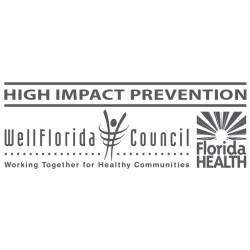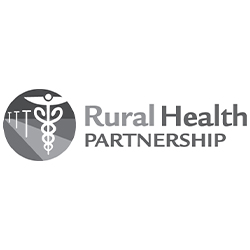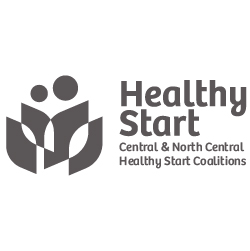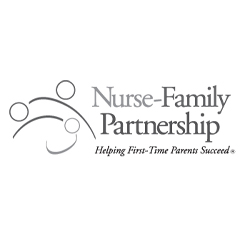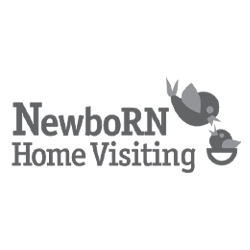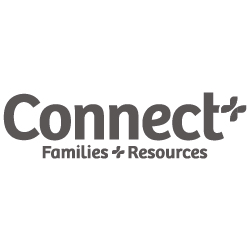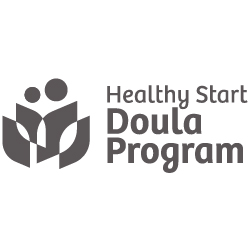When records go digital, It’s a win-win for patients, doctors
Gainesville Sun, January 27, 2012
A number of taps on his iPad and Dr. Donald Novak can get up-to-the-minute views of every test, imaging study and prescription his patient has encountered — at least at Shands HealthCare.
Adding a diagnosis will automatically generate some suggestions for treatment. If the pediatrician prescribes something the patient is allergic to or that will react with another of the patient’s prescriptions, the doctor gets an alert. And the patient’s progress will be part of a mass of data that will be analyzed for future improvement.
“Information is much more available … it’s a huge change in how we work,” said Novak, also the assistant dean for clinical informatics for Shands at UF. “It will be good for everyone, it’s so far reaching.”
In the next three to six months, it should be reaching even further.
Last weekend, Shands at Jacksonville went live on the same data system as Shands at UF, so now the two can share patient information as if there were no distance between the two hospitals. In the next three to six months, Shands officials are expecting their network will be able to do the same with institutions more far flung.
“We’re going to connect to the state Health Information Exchange, and the state Health Information Exchange attaches to the National Health Information Exchange,” said Kari Cassel, chief information officer for Shands at UF.
The ultimate vision taking shape nationally is that anywhere a patient accesses medical care, health providers will be able to call up a medical record that has all of the information medical personnel need to know about that particular patient.
It will reduce duplication, prevent errors and ultimately generate data to improve medical care, the thinking goes.
Under the plan, patients would have the power to hide what they don’t want directly visible to health providers, but the system would send out alerts if any orders were made for a treatment inadvisable for an existing medical condition, even if the physician couldn’t see that particular condition.
The countdown is on for putting in place the systems needed for this to happen.
On Oct. 1, the Affordable Care Act will require health plans to begin adopting rules for the secure, confidential, electronic exchange of health information. On Jan. 1, 2015, the Centers for Medicare and Medicaid will begin penalizing those institutions and independent practitioners who fail to demonstrate “meaningful use” of electronic medical records.
Surveys show widespread “meaningful use” of these electronic information systems is a long way off — with Florida dead last in one measure of digital readiness.
The progress among institutions is uneven, too. At North Florida Regional Medical Center, doctors’ orders are still handwritten and put in baskets awaiting translation.
Added to that, in the age of WikiLeaks — when sensitive national information has been compromised — there’s also public resistance to having all that personal data floating around in cyberspace.
Secure, or not?
For Jack Dettman, 59, of Gainesville, having an electronic medical record makes all the sense in the world — and is long overdue, he said. But he’d rather the United States adopt a system similar to that in Europe — in which medical records are stored on a computer chip that one carries on his or her person, a system less likely to be hacked, he said.
“Security is a huge problem,” he said. “We don’t take it seriously enough in this country.”
Michelle Bailey, 37, and her husband, Robert Bailey, 43, both of Gainesville, said they’ve heard about too many data breaches to be comfortable with their medical information being out there with other identifying information.
“People love to hack into computers,” Michelle Bailey said. “Nothing is secure anymore — ever since the Internet.”
But Kendra Siler-Marsiglio, director of the Rural Health Partnership, said she is not worried. The partnership is charged with setting up a digital network and getting all doctors and hospitals on board with digitizing records so they can exchange information. As part of the process, she’s setting up the Health Information Exchange that will stretch across 15 counties from Lake County to the Georgia border.
“The particular company we went with is the same one that provides the patient-center medical health platform for the (U.S.) Department of Defense,” she said, adding that a personally carried health record is vulnerable to loss and damage and doesn’t have the real-time advantage of a digital record. The digital network will have “very rigorous security,” Siler-Marsiglio said.
Jay Bernhardt, a UF professor and director for the Center for Digital Health and Wellness, predicted that the comfort level with electronic medical records will increase, just like people got used to online banking.
“It’s already accelerating as more and more people are using the Internet and social media to generate and exchange health information,” said Bernhardt, who is putting on UF’s first Digital Health Communication Extravaganza the weekend of Feb. 15 in Orlando.
Shands at UF’s Novak said he has no qualms about his medical information being out there — as he knows it is.
“I know it’s unrealistic to say it (a breach in security) will never happen,” he said. “But I see the security people and how they work to keep things secure. This information is guarded really pretty well.”
One system’s experience
Dr. Bradley Bender, chief of staff at the Malcom Randall Veterans Affairs Medical Center in Gainesville, had a front-row seat in watching the digital conversion of the VA system that was completed in 1997. He said the system has had a “relatively small number of problems.”
“It’s an electronic locked room,” Bender said, noting that the system tracks anyone who walks in.
The biggest problem was getting the staff on board with it, he said. “There was a huge amount of resistance when we first started,” he said.
Not a great typist, he said he wasn’t too thrilled with it either. “It made the focus the computer rather than the patient,” he said.
But he said he has been sold by how the system improves the ability to communicate — specifically less confusion because of a doctor’s handwriting — in addition to ending the misplacement of files and improved ability to treat patients. He also credits the computerization with the success of the VA’s preventive health screenings program, which reminds people to get their routine tests and imaging.
Getting doctors to sign on
The CDC found that 27 percent of Florida doctors in private practice have a basic system that would allow for the sharing of health medical records. That lags behind the national average of 33 percent.
Kimberly Kauffman, executive director of the Physician’s Care Network, an association of physicians that helps doctors with the issues of running a private practice, said she’s not surprised by the low percentage of private-practice doctors leaping into the next century with their record-keeping for one reason: cost.
“Not just hard costs, it’s soft costs, too,” she said. “It means hours and hours of staff time in terms of training and implementation.”
The incentives the government offers does not outweigh the costs, she said.
“They are small-business owners or employees of small businesses,” she said. “It’s hard to drop a couple hundred grand on the assurance that it will improve productivity in the long run. It’s a tough bullet to bite.”
Shands at UF estimates that it cost $95 million to launch its electronic medical record system. Ultimately, it will be worth it, says the Rural Health Partnership’s Siler-Marsiglio.
“We’re promoting a new way of doing health care that benefits everyone involved,” she said. “It makes better use of our health care resources for a healthier community.”
To read the published article: When records go digital, It’s a win-win for patients, doctors
Back to News page
